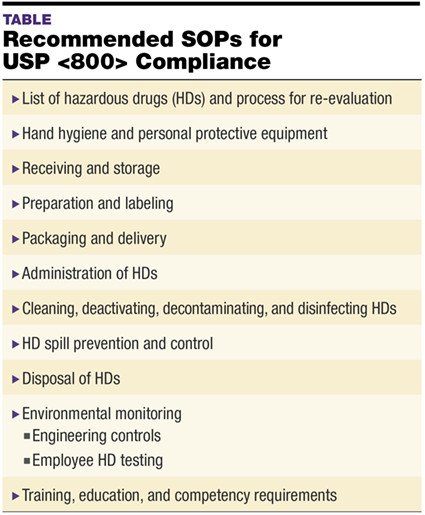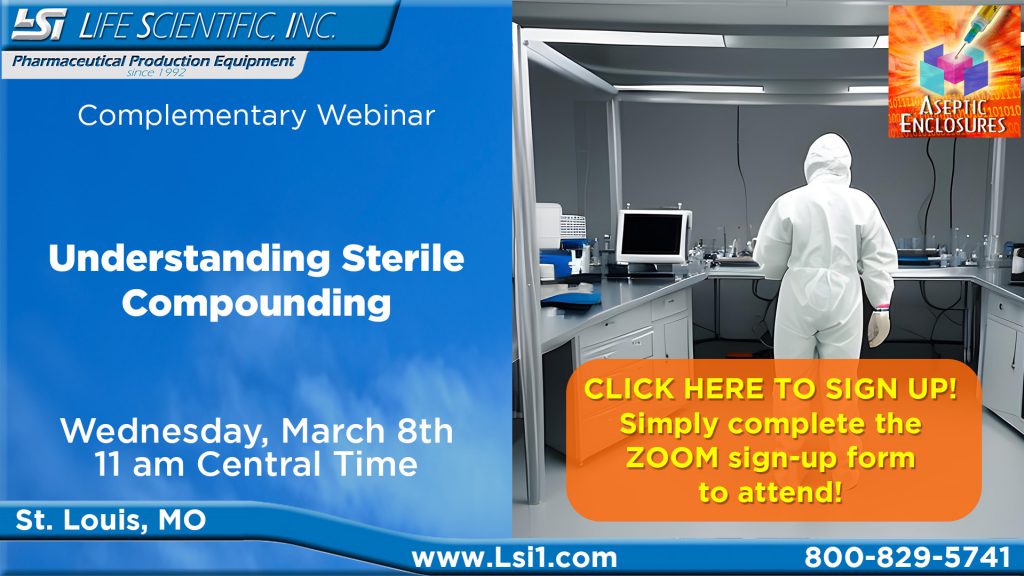Revised 503 b compounding pharmacy guidance
According to the Federal Register Notice that announced the 503 b compounding pharmacy revision (here), the FDA notes that “This revised draft guidance reflects the FDA’s intent to recognize the differences between outsourcing facilities and conventional drug manufacturers and to tailor CGMP requirements to the nature of the specific compounding operations conducted by outsourcing facilities […]
Revised 503 b compounding pharmacy guidance Read More »
According to the Federal Register Notice that announced the 503 b compounding pharmacy revision (here), the FDA notes that “This revised draft guidance reflects the FDA’s intent to recognize the differences between outsourcing facilities and conventional drug manufacturers and to tailor CGMP requirements to the nature of the specific compounding operations conducted by outsourcing facilities






